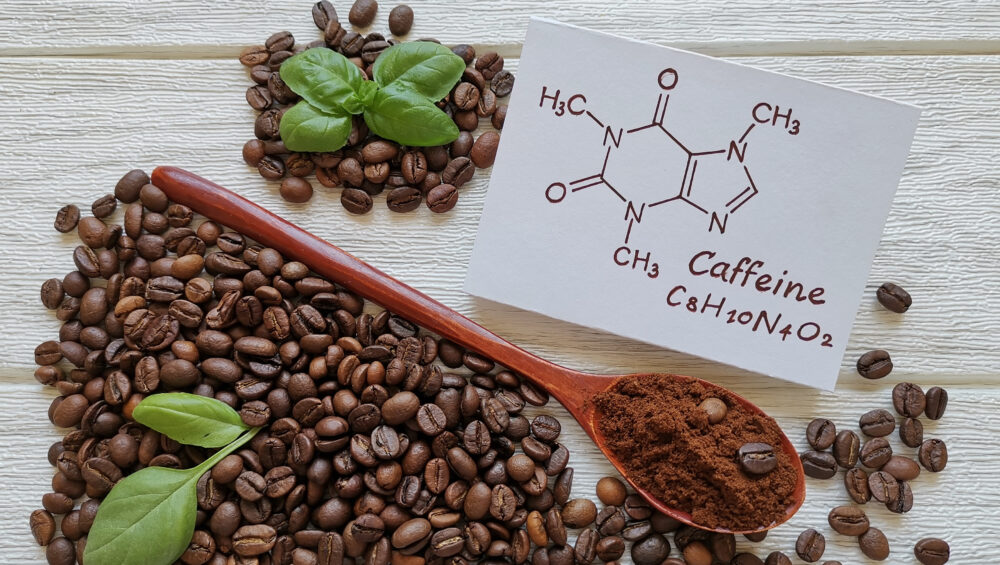The Truth About Caffeine
Did you know that caffeine is the most commonly consumed psychoactive drug in the world? Most of us drink it in some form or another daily, without even realizing the effects it has on our bodies and minds. In this article, we’ll take a closer look at caffeine – what it is, where it comes from, and how it affects us. We’ll also explore the health benefits and risks associated with caffeine consumption and offer some tips on how to enjoy caffeine safely and responsibly.

What Natural Caffeine Is
Natural caffeine can be found in some plants, such as coffee beans, tea leaves, cacao beans, and guarana berries. Caffeine is a stimulant that acts on the central nervous system and can increase alertness and focus. It has been used and consumed by humans for centuries, but it’s important to remember that caffeine is still a drug and should be consumed in moderation.
When looking for natural sources of caffeine, it’s vital to consider not only the type of plant but also how it was processed. For example, raw, unroasted coffee beans have less caffeine than roasted beans because the roasting process increases caffeine levels. In addition, tea leaves are often fermented or oxidized before they are dried, which can also affect their caffeine content. Decaffeination techniques, such as water processing or using chemicals like methylene chloride, can also reduce the caffeine levels in a product. Overall, natural sources of caffeine offer a safe and sustainable way to get your daily dose of this energizing substance.
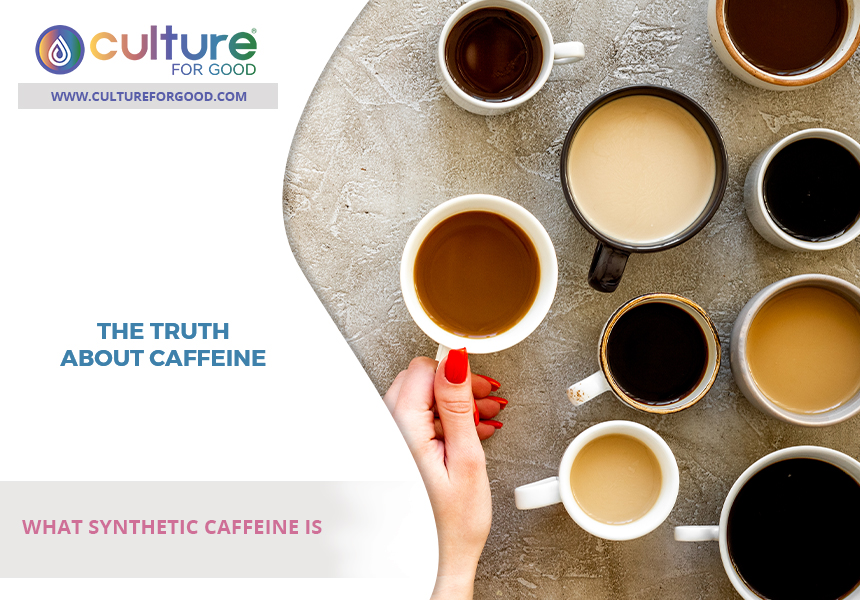
What Synthetic Caffeine Is
Are you looking for a quick energy boost without the jitters or crashes associated with traditional caffeine? Look no further than synthetic caffeine. Synthetic caffeine is chemically identical to natural caffeine, but it is produced in a laboratory rather than extracted from plants like coffee beans and tea leaves.
This production method allows for greater control over dosing and purity, and it also provides an alternative for individuals with allergies or sensitivities to naturally-sourced caffeine. While synthetic caffeine can provide the same stimulating effects as traditional caffeine, it is crucial to consume it in moderation and follow package instructions. In high doses, synthetic caffeine can lead to symptoms such as rapid heartbeat, difficulty breathing, and even coma or death. When used appropriately, however, this lab-created alternative can be a safe and effective way to increase alertness and improve focus.
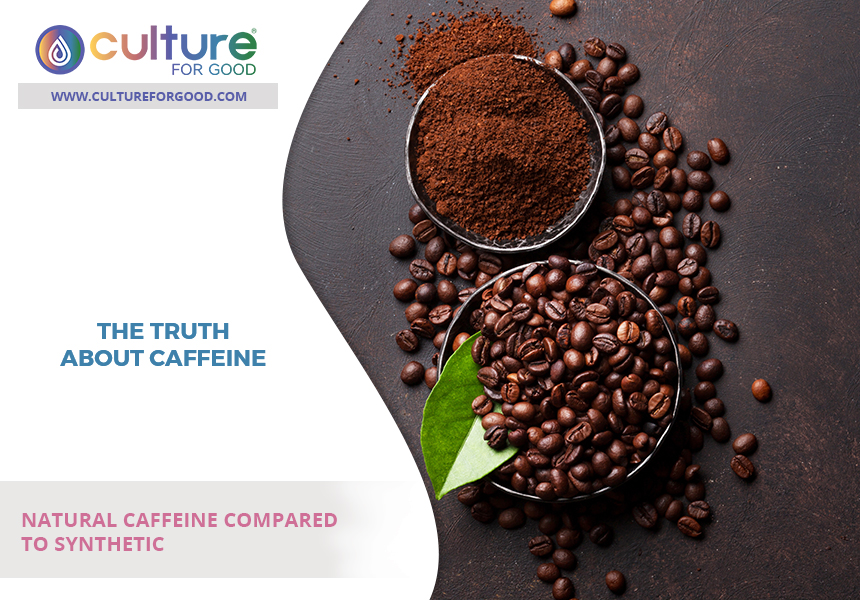
Natural Caffeine Compared To Synthetic
Many people rely on caffeine to get through their day, but not all caffeine is created equal. Natural caffeine, found in coffee beans and tea leaves, provides a steady release of energy that can last for several hours. In contrast, synthetic caffeine is often artificially added to products like energy drinks and supplements. These concentrated doses can lead to a sudden spike in energy followed by an inevitable crash.
Synthetic caffeine also has the potential to be harmful in high doses, as it is not regulated by the FDA. When choosing your source of caffeine, opting for natural options, like coffee or tea, may provide a safer and more sustainable boost of energy. Plus, natural sources offer additional benefits, like antioxidants and unique flavor profiles. The next time you reach for your morning cup of Joe or afternoon pick-me-up, consider the source of your caffeine for better long-term effects on both your health and energy levels.
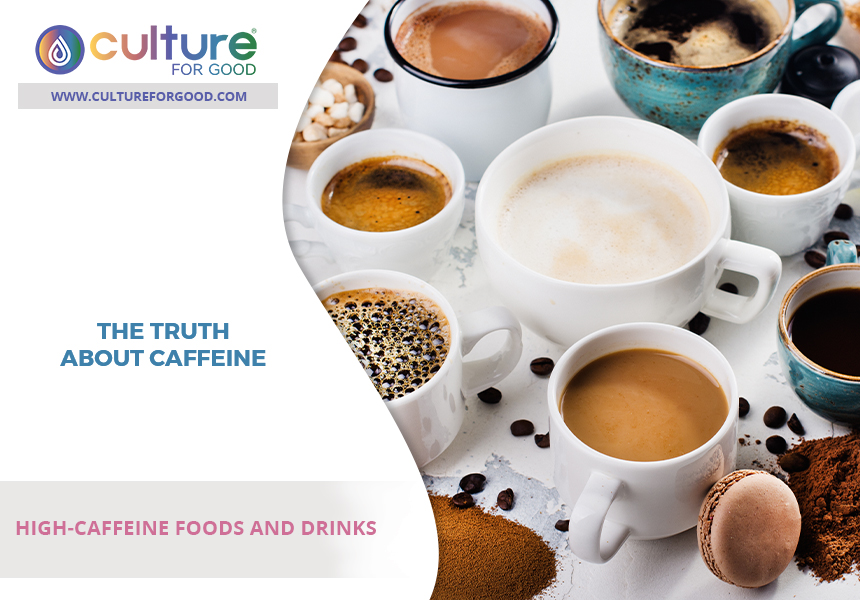
High-Caffeine Foods And Drinks
While caffeine has been known to have some potential benefits, such as improved concentration and athletic performance, consuming high levels can also have negative consequences. It can cause jitteriness, increased heart rate, and disrupted sleep. Therefore, it’s vital to be aware of the caffeine content in various foods and drinks.
Common sources include coffee, tea, energy drinks, chocolate, and certain pain medications. However, some may be surprised to learn that espresso contains less caffeine than a regular cup of coffee and that a shot of dark chocolate syrup can contain more caffeine than a bar of milk chocolate.
It is important to note that caffeine content can vary depending on the type and origin of the product as well as how it was prepared. It’s helpful to know where this stimulant hides in your diet to maintain control over your daily intake. Keeping track of high-caffeine foods and drinks can help ensure that you don’t consume more than you intend to. Here is a list of foods and drinks, along with the amount of caffeine in each one.
-Apples: 5 mg
-Bananas: 12 mg
-Black coffee: 8 oz, 95 mg
-Green tea: 8 oz, 25 mg
-Espresso: 1 oz, 47 mg
-Latte: 16 oz, 63 mg
-Mocha: 12 oz, 80 mg
-Pineapple: 9 mg
-Red Bull Energy Drink: 8.4 oz can, 80 mg
-Excedrin Extra Strength Pain reliever caplets (200 mg): 100 mg
-Milk chocolate bar: 6 mg
-Dark chocolate syrup: 1 oz, 26 mg
-Coffee: 8 oz cup, 95 mg
-Tea: 8 oz cup, 25 mg
-Energy drink: 8.4 oz can, 80 mg
-Chocolate milk: 8 oz cup, 10 mg
-Cola: 12 oz can, 34 mg
-Protein shake: 16 oz cup, 30 mg
-Iced tea: 16 oz bottle, 48 mg
-Water: 8 oz cup, 0 mg
It’s vital to be mindful of your caffeine intake to avoid potential negative effects. However, moderate consumption of this stimulant can provide some benefits. The key is to find the right balance for you.

Health Benefits Of Caffeine
While too much caffeine can lead to jitters and sleep issues, moderate consumption may offer some health benefits. Caffeine acts as a stimulant, increasing alertness and improving concentration. It may also improve physical performance, allowing athletes to train harder and longer. Research suggests that caffeine may protect against cognitive decline, with regular intake potentially lowering the risk of dementia and Alzheimer’s disease.
Caffeine may also have protective effects on the liver and possibly lower the risk of depression and certain types of cancer. However, it is important to note that these potential benefits are linked to moderate caffeine consumption, typically less than 400 mg per day or about four cups of coffee. As with any substance, moderation is key to reaping the potential health benefits of caffeine.
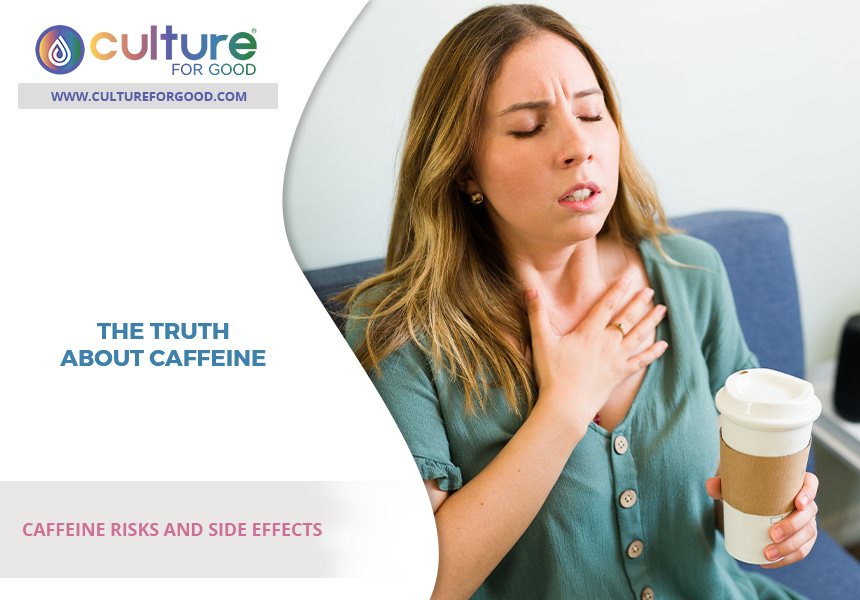
Caffeine Risks And Side Effects
Caffeine is the most commonly consumed psychoactive substance in the world. While it can provide a temporary boost of energy and improved focus, there are also potential risks and side effects associated with caffeine consumption. These include increased heart rate and blood pressure, anxiety, restlessness, insomnia, and dependence.
It is crucial to monitor your intake and limit caffeine consumption to 400 mg per day (about four cups of coffee). Pregnant women should limit their intake to 200 mg per day, and those with underlying health conditions should consult their doctor before consuming caffeine. Keep in mind that caffeine can also be found in other products, such as tea, soda, energy drinks, chocolate, and certain medications. As with any substance, moderation is key when it comes to caffeine. Keeping track of your daily intake can ensure that you avoid unwanted side effects while still enjoying the benefits of this popular stimulant.
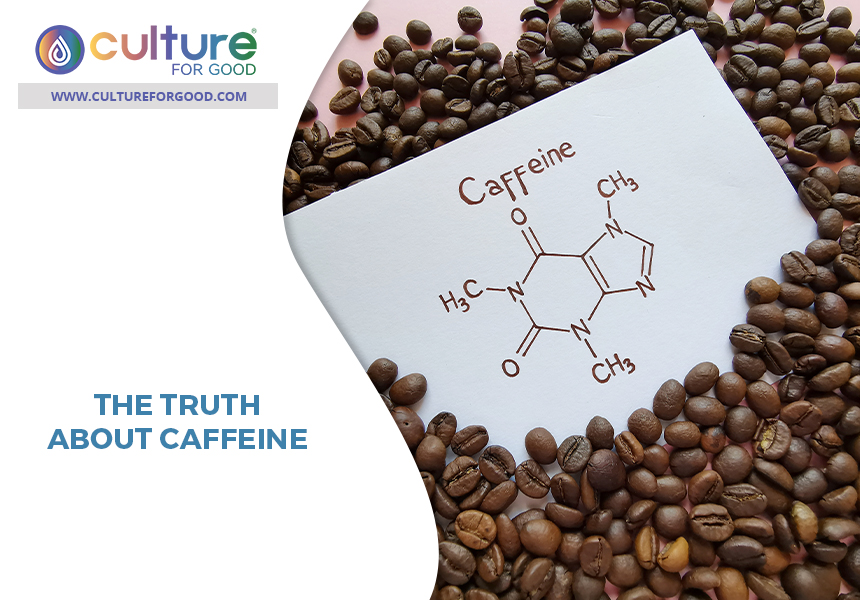
Caffeine is a naturally-occurring substance found in coffee beans, tea leaves, and cocoa beans. It is also added to many foods and drinks, such as energy drinks, sodas, and chocolate. This stimulant has been shown to improve alertness, focus, and athletic performance. Caffeine can also help relieve headaches and pain. However, it is crucial to consume caffeine in moderation, as high doses can lead to jitteriness, anxiety, increased heart rate, and disrupted sleep.
If you’re looking for a more sustainable source of energy, natural options, like coffee and tea, are a better choice than energy drinks or supplements. Natural sources of caffeine provide a steadier release of energy as well as additional benefits, like antioxidants and unique flavor profiles. Keep track of the caffeine content in foods and drinks to maintain control over your daily intake and avoid consuming more than you intend to.
